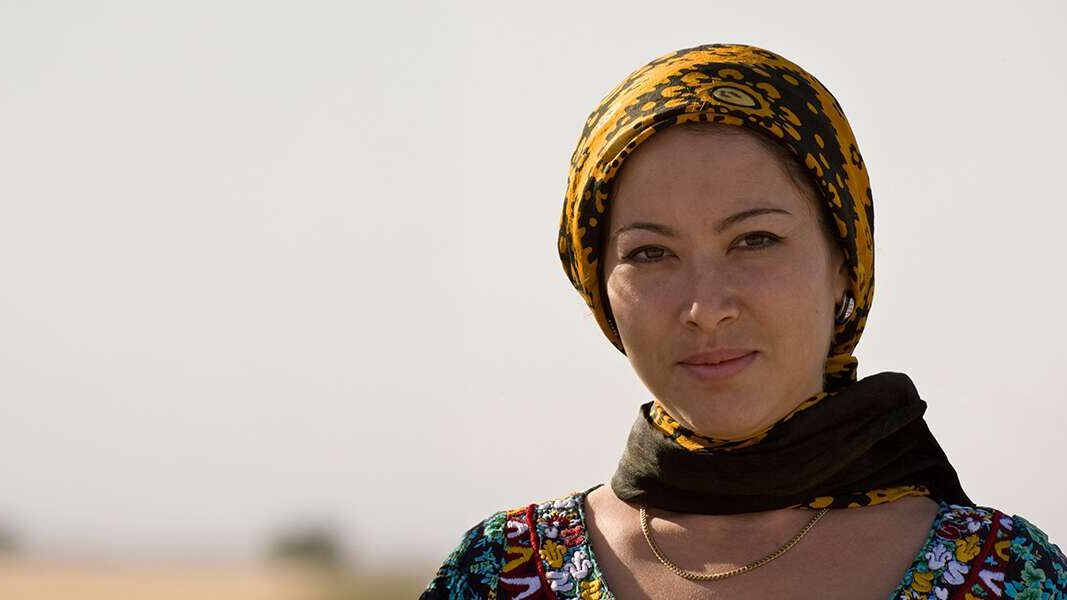A Glimpse Behind the Curtain
Tucked away in Central Asia, Turkmenistan is a country shrouded in mystery, often listed alongside North Korea and Eritrea as one of the world’s most closed-off nations. Its capital, Ashgabat, gleams with surreal architecture, grandiose monuments, and eerie emptiness that seems straight out of a dystopian novel. Yet, in a surprising turn, this enigmatic land is showing signs that it may be ready to welcome the world. In April, Turkmenistan announced new, streamlined visa regulations that promised to make visiting easier. For seasoned travelers, especially those drawn to geopolitical outliers and under-explored regions, this was headline news. But what exactly is changing in this land of golden statues and burning deserts? And will this shift really open the gates, or is it another mirage in the Karakum sands?
A Labyrinth of Red Tape
Historically, getting into Turkmenistan has been a labyrinthine challenge. Tourists first needed a Letter of Introduction (LOI) from the Ministry of Foreign Affairs, a process that could take months and required booking an expensive, government-approved tour. Even then, approval was not guaranteed. This process has kept visitor numbers extremely low and tourism virtually stagnant. Dylan Lupine, whose UK-based company Lupine Travel organizes small-group tours to Turkmenistan, described the situation succinctly: “We are still in the dark about it, as are our local partners in Turkmenistan.” Despite the promise of an easier visa process, no updates have followed. Yet if implemented, the changes could remove the LOI requirement and allow for faster online applications—a potentially game-changing shift for Turkmenistan’s international image.

The Flame That Won’t Quit
Despite its isolation, Turkmenistan has long held a certain allure for the most intrepid travelers. Chief among its attractions is the Darvaza Gas Crater, more commonly known as the “Gates of Hell.” This massive, fiery pit in the Karakum Desert has burned continuously for over 50 years, ever since a Soviet drilling rig collapsed into a natural gas pocket in 1971. Fearing toxic gas leaks, engineers set it alight, expecting it to burn out in days. Instead, it became a permanent inferno. Today, tourists make pilgrimages across the desert in 4x4s, camping in yurts to experience the heat and spectacle under a starlit sky. However, the flames have started to fade in recent years, and experts warn that this iconic site may go dark soon. If Turkmenistan wants to boost tourism, it may have to act quickly before its most famous attraction is lost to time.
Beyond the Crater: A Land of Contrasts
But Turkmenistan isn’t just about the Gates of Hell. The country is rich with Silk Road history, ancient cities, and some of the most unique architecture in the world. In Ashgabat, government buildings mimic their functions—a Ministry of Oil & Gas shaped like a giant lighter, and a stadium topped with a colossal horse head. The city boasts Guinness World Records for its marble buildings and even the world’s largest indoor Ferris wheel. Just outside the capital lie UNESCO World Heritage Sites like the Parthian Fortresses of Nisa and the vast ruins of Merv. In the north, Kunya-Urgench offers ornate mosques and minarets that harken back to a more spiritually vibrant time. Norwegian anthropologist Erika Fatland, author of “Sovietistan,” calls Ashgabat “one of the weirdest capitals I have ever visited,” but she found beauty and warmth in the countryside, despite developing a complicated relationship with fermented camel milk, the national drink.
A Legacy of Isolation
To understand Turkmenistan’s hesitancy toward tourism, one must delve into its post-Soviet history. After the USSR dissolved in 1991, Turkmen leader Saparmurat Niyazov rejected both glasnost and perestroika, the liberalizing reforms sweeping across the region. Instead, he doubled down on an authoritarian model, keeping foreigners out and media tightly controlled. The country’s massive gas reserves made self-reliance possible, and international tourism was simply not a priority. Even after Niyazov’s death in 2006, his successors maintained this insular stance. Yet economic difficulties have mounted over the past decade, prompting the government to seek foreign investment and cooperation, notably with nations like Turkey and Iran. The shift in tourism policy could be part of this broader strategy to revive the economy and engage with the world on new terms.

Echoes from the Soviet Past
Ironically, Turkmenistan may have been more accessible under Soviet rule. The USSR’s official travel agency, Intourist, managed guided tours that brought a trickle of tourists through cities like Ashgabat. In the 1930s, they even offered a 16-day “Immemorial Cities of Turkestan” tour that featured a stop in “flourishing Ashkhabad.” These visits were heavily curated and propagandistic, but at least they happened. In contrast, modern Turkmenistan has kept most foreign eyes away. Now, as neighboring Uzbekistan and Kazakhstan reap the benefits of simplified visa rules and burgeoning tourism industries, Turkmenistan appears ready to join the regional trend. Observers like Erika Fatland suggest that the government might be inspired by Uzbekistan’s post-Karimov success, hoping to replicate the economic and cultural gains through modest liberalization.
A Lesson for Youth: Embrace the Unfamiliar
There’s a deeper lesson in Turkmenistan’s evolving story, especially for young adventurers, students, and future global citizens. The world is filled with places that defy expectations, shaped by complex histories and cautious leadership. Turkmenistan’s slow and deliberate opening reminds us that change takes time, and that the unfamiliar is often worth exploring. For the youth, this is an invitation to be curious about hidden corners of the world, to respect different cultures, and to seek understanding beyond headlines. Travel isn’t just about ticking off destinations—it’s about witnessing transformation, even in the most unlikely places. Whether you ever make it to the Gates of Hell or not, Turkmenistan offers a powerful metaphor: sometimes the most remote places have the richest stories.
What Comes Next?
As of now, travelers and tour operators remain cautiously optimistic. The visa changes have been announced but not yet implemented, and questions remain about how accessible Turkmenistan will really become. Still, the fact that these conversations are happening marks a significant departure from the past. Should the visa process truly become more transparent and streamlined, Turkmenistan could see a modest but meaningful boost in tourism. With ancient ruins, surreal cities, and a hospitable population, the country has much to offer. The challenge will be balancing openness with the government’s long-standing desire for control. One thing is certain: for those with a sense of adventure and a taste for the extraordinary, Turkmenistan may soon be the destination of a lifetime—no LOI required.
















